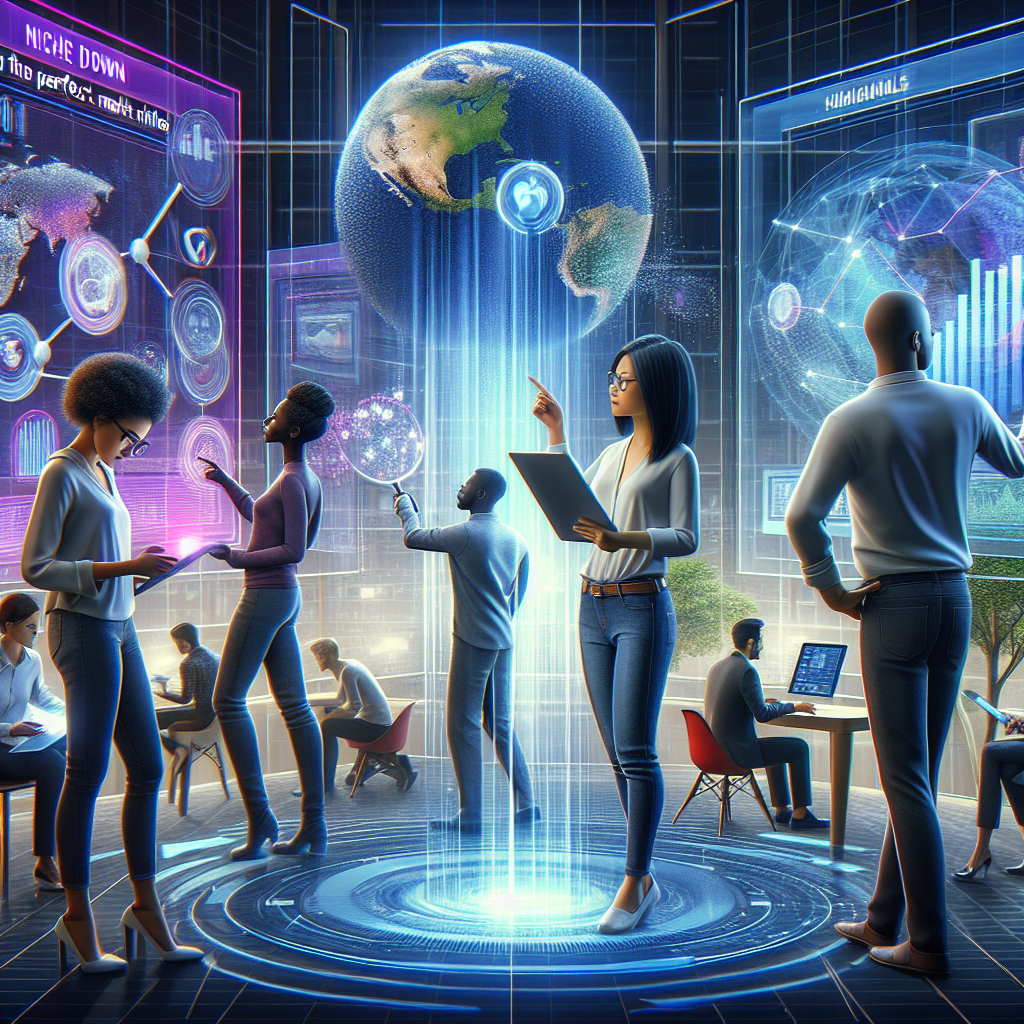[ad_1]
Embracing Creativity: The Impact of Combining Ideas
In an era that celebrates innovation and imagination, the practice of blending concepts has become an essential asset for artists, writers, entrepreneurs, and thinkers. The capacity to fuse diverse ideas not only enriches our creations but also fosters a culture of authenticity that can lead to groundbreaking insights and new viewpoints. This article explores the craft of combining ideas, providing strategies for effectively utilizing this technique across different fields.
The Craft of Juxtaposition
Fundamentally, mixing and matching ideas is about juxtaposing—placing contrasting concepts together to forge something new and intriguing. This approach can ignite creative thinking that paves the way for innovative solutions. For instance, the emergence of various musical genres showcases how the blend of jazz, hip-hop, electronic, and classical music has produced contemporary hits.
Strategies to Combine Ideas:
-
Brainstorming Sessions: Facilitate open-minded sessions where individuals can share ideas without fear of criticism. Employ brainstorming techniques like mind mapping to visually connect diverse thoughts.
-
Cross-Disciplinary Collaboration: Bringing professionals from different fields together invites new viewpoints. A scientist partnering with an artist can help visualize data innovatively, while a chef collaborating with a nutritionist can create healthy, inventive culinary masterpieces.
-
Thematic Mixing: While writing or creating art, consider integrating themes that typically don’t align. For instance, intertwining romantic elements into a dystopian story may offer a fresh perspective on love in times of turmoil.
-
Idea Swapping: Form groups where participants can present their projects and obstacles. Receiving input from someone with a different background can yield transformative insights.
- Cultural Integration: Exploring and incorporating aspects from various cultures can enhance the richness of creative projects. This blend of traditions, art forms, and storytelling techniques promotes greater cultural appreciation and innovation.
Real-World Examples of Combining Ideas
-
Culinary Fusion: Look into restaurants focusing on fusion cuisine that merge flavors and methods from distinct culinary backgrounds. Dishes such as sushi burritos or Korean tacos challenge traditional classifications, expanding flavor boundaries while satisfying taste buds.
-
Art and Technology: The emergence of digital art illustrates the merging of technology with traditional artistic practices. Today’s artists utilize augmented reality to craft immersive experiences, blending visual art with interactive technology to engage audiences in innovative ways.
-
Design and Sustainability: As environmental consciousness rises, designers are fusing aesthetics with sustainable practices. Upcycled materials are being incorporated into high-fashion collections, showcasing how eco-friendliness can be both chic and inventive.
- Workplace Dynamics: Organizations that nurture an innovative culture encourage team members to collaborate across departments, resulting in interdisciplinary teams that tackle challenges from various perspectives. This mixing not only leads to more rounded solutions but also enhances team spirit and engagement.
Challenges in Combining Ideas
While blending ideas can spark moments of creativity, it’s important to acknowledge potential challenges:
-
Cohesion: Finding the right equilibrium between contrasting ideas can be challenging. It’s essential that all elements are interconnected and align with the intended message to ensure clarity.
-
Overcomplication: There’s a delicate balance between innovation and confusion. An overload of ideas can dilute the main message. Focus on preserving a core theme or objective.
- Cultural Sensitivity: When incorporating elements from different cultures, it’s crucial to approach them with respect and thoughtfulness to avoid appropriation and misrepresentation.
Conclusion: The Limitless Opportunities
The essence of mixing and matching ideas lies in its endless possibilities. It encourages us to break away from rigid structures and embrace the unpredictable nature of creativity. By adopting practices that promote this blending, we not only elevate our creative outcomes but also foster a culture of collaboration and open-mindedness.
So, take a moment to step back, push the boundaries of your imagination, and don’t hesitate to mix and match ideas. The next great innovation could emerge from the beautiful chaos of merging seemingly unrelated concepts. Whether you are a seasoned artist or an emerging entrepreneur, remember that creativity flourishes when we allow ourselves the freedom to explore and evolve.
[ad_2]




